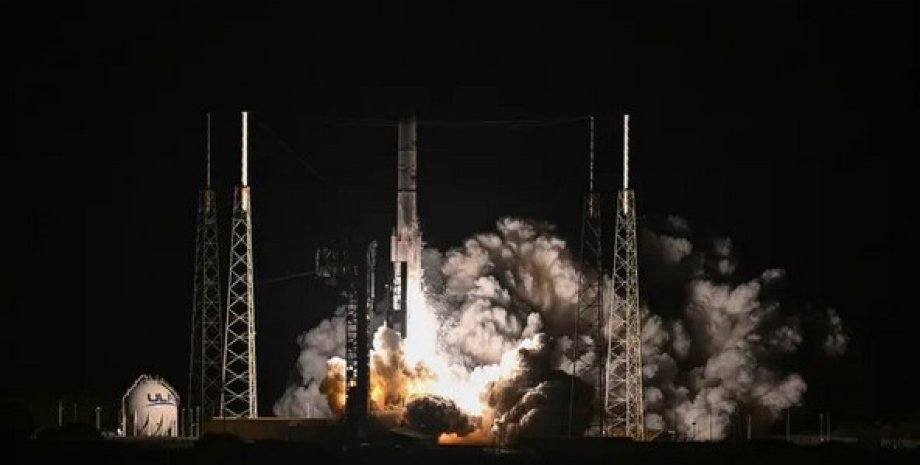
 By Eliza Popova
By Eliza Popova
Technology has appeared its Telegram channel. Subscribe not to miss the latest and most intrusive news from the world of science! The Vulcan rocket launched in the first flight into space along with the first American private landing module Peregrine. This rocket should replace well-known Atlas V and Delta IV rockets from United Launch Alliance, which have previously launched many important NASA spacecraft.
Interestingly, the first degree of a new rocket is equipped with two B-4 engines from Blue Origin, so this flight is also important for Jeff Bezos Aerospace Company. The fact is that the same engines will be equipped with the first degree of future multiple rocket launcher New Glenn from Blue Origin. As for the PEREGRINE landing module from Astrobotic, it should be landed on the moon on February 23 and will thus be the first private spacecraft that has ever landed on the surface of the moon.
Well, for the United States, this mission is of key importance in the plan that since 1972 no American unit has landed on the moon. The main task of the planting module is to prepare the soil for the future NASA mission with a crew for a month scheduled for next year. The planting module is equipped with various scientific devices, with which it will explore the surface of the moon and the environment.
Also on board Peregrine is a small moonshine, which will travel the surface of the moon for scientific purposes. Among the tasks of the PEREGRINE module is the search for water on the moon and to study how the circulation of this important resource for future missions with a crew on the Earth's satellite occurs. The planting module devices will study the level of solar radiation, superficial and surface water ice, a magnetic field of an extremely rarefied gas layer, called the exher.
The devices will analyze the composition of the lunar exfarry and monitor how it changes for about 10 days until Peregrine works. The Vulcan rocket, 62 meters high, successfully took off and in about 5 minutes there was a compartment of the upper degree, which continued to travel to orbit. About 50 minutes after the launch, the PEREGRINE landing module was sent into space and headed for a month.










All rights reserved IN-Ukraine.info - 2022